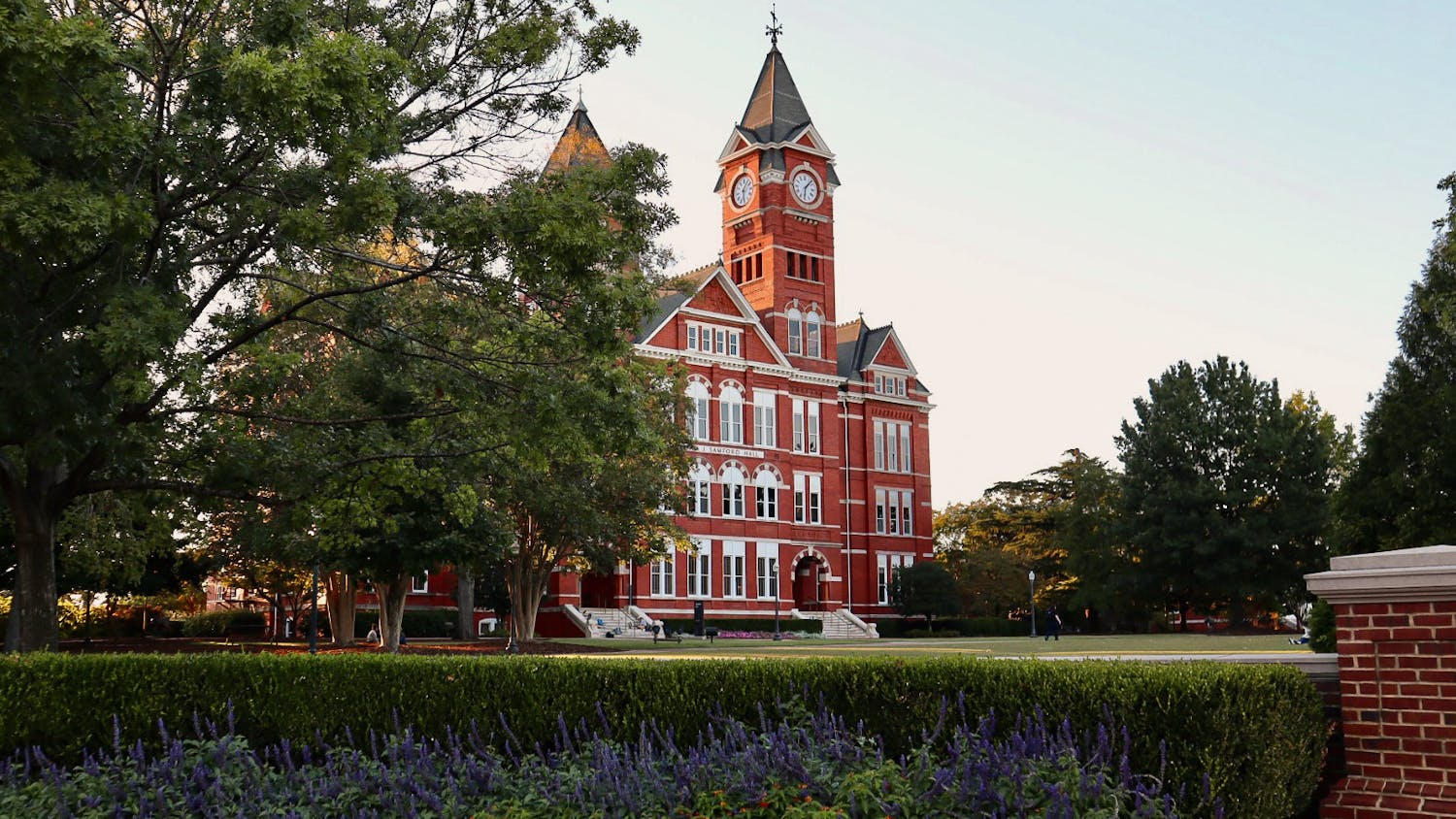A 16-year-old Beauregard high school student was arrested last week in relation to threats connected to reported clown incidents.
The arrest was made on Wednesday, Sept. 21. following reports of "clown sightings" on Auburn's campus, resulting in concern from students and people in the Auburn community.
Coulrophobia, the excessive fear of clowns, is not a commonly debilitating fear, according to the Oxford English Dicionary; However, studies show it's extremely common for children between the ages of four and 16 to strongly dislike clowns, according to Smithsonian Magazine.
Ana Franco-Watkins, Psychology Department associate professor and industrial-organizational psychology program director, said people often mistake their dislike for clowns for genuine fear.
"Generally, people do not like clowns, however, not many people are actually afraid of clowns," Franco-Watkins said.
Franco-Watkins said fear can develop in situations of uncertainty, particularly when media coverage and rumors perpetuate it.
"The media coverage can make people associate the uncertainty and fear with an object, such as clowns, especially when a few people try to capitalize on other people’s general fears by making threats and posing as a clown and continuing the cycle of the clown rumor," Franco-Watkins said.
Clowns have appeared in different forms as performers throughout history, as early as 2500 BCE, according to Smithsonian Magazine.
The clown-related threats posed last week on campus and at surrounding high schools in the community could have contributed to an increase in fear and anxiety associated with clowns, Franco-Watkins said.
"In psychology, we know about the the availability heuristic—the ease with which instances come to mind," Franco-Watkins said. "If something has a lot of media attention, it is more accessible to think of these events, and then easier for people to imagine the event of happening and increasing fears."
Franco-Watkins said personal biases warp reality based on what someone experiences throughout their life.
"After plane crashes, people tend to judge that it is more likely to die in a plane crash than automobile crash, when the latter has a greater likelihood of occurrence," Franco-Watkins. "This is referred to a saliency bias—where things that are salient or vivid come to mind more readily."
According to Smithsonian Magazine, clowns' manic behaviors have always presented a darker side to them, particularly in 1892 when the play Pagliacci featured clown murdering his wife during the performance.
Andrew McConnell Stott, dean of undergraduate education and University of Buffalo professor, said a surge in horror films featuring clowns in the 1980s contributed to the terror Americans feel toward clowns.
“Where there is mystery, it’s supposed there must be evil, so we think, ‘What are you hiding?’," Stott said.
Do you like this story? The Plainsman doesn't accept money from tuition or student fees, and we don't charge a subscription fee. But you can donate to support The Plainsman.




